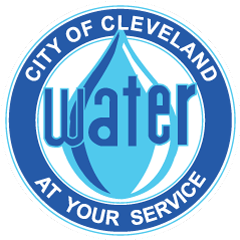News
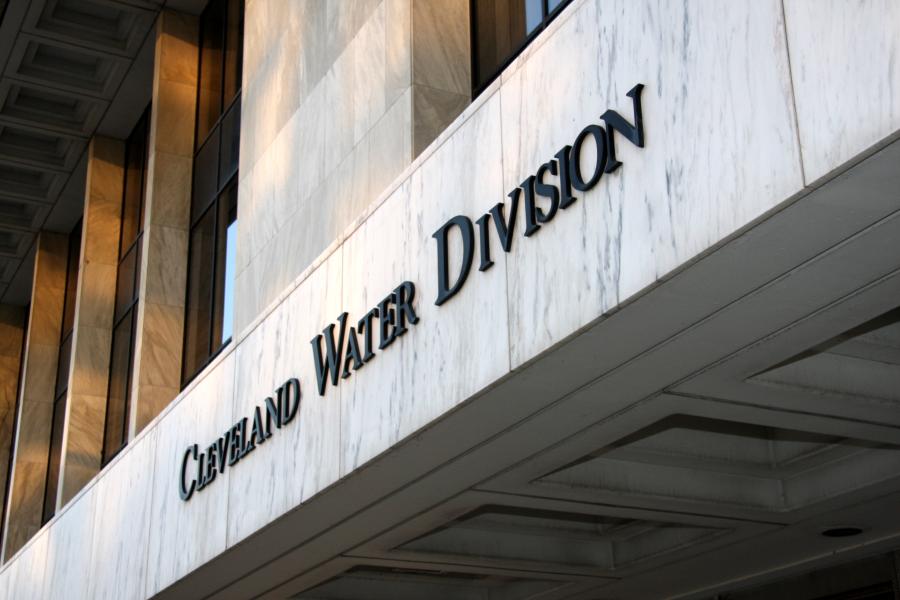
Cleveland Water Presents 2023 Budget
Cleveland Water presented its portion of Mayor Justin Bibb's 2023 estimated budget for the City of Cleveland. As reflected in the budget request, we continue to make safe, affordable drinking water a priority.
Feb 24, 2023
Finance

Ways to Save: Cleveland Water Web Portal
Creating a Cleveland Water web portal account is an easy way to help you save money on your water bill.
Feb 15, 2023
Affordability
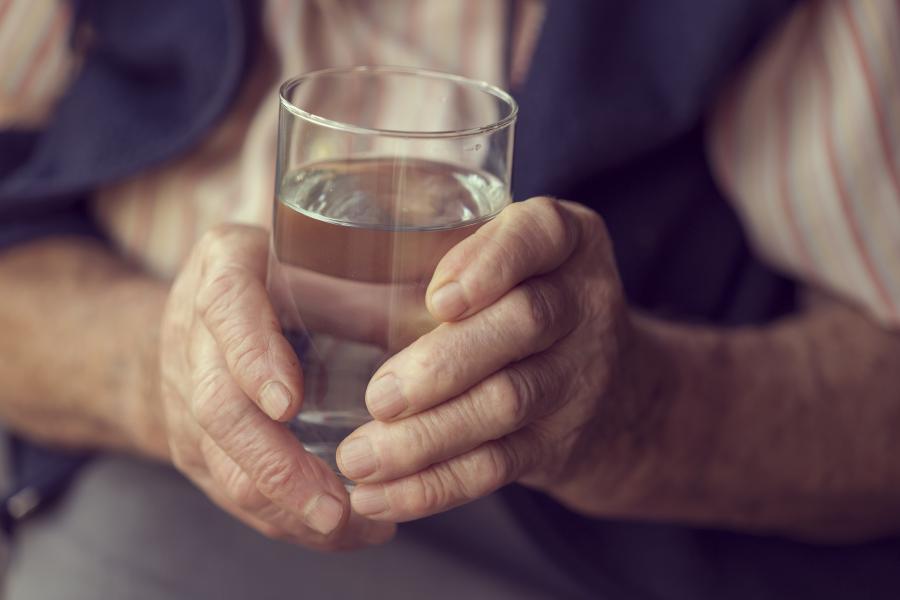
Ways to Save: Assistance Programs
We work hard to provide safe, quality drinking water at a fair and reasonable rate. We know that’s not always enough though. That's why we offer assistance programs to help income-eligible customers with the cost of their water bills.
Feb 07, 2023
Affordability
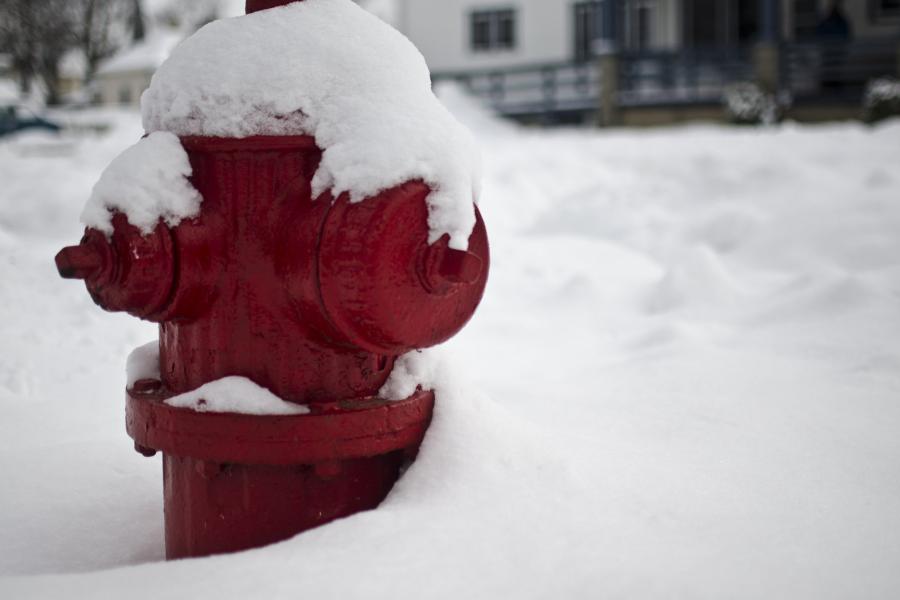
Keep Fire Hydrants in Mind When Shoveling Snow
Cleveland Water supplies water to nearly 75,000 fire hydrants across the 80 communities we serve. Help us and local firefighters by keeping hydrants clear of snow.
Jan 17, 2023
Infrastructure, Winter
Suburban Water Council of Governments Public Meeting Notice for December 15, 2022
Suburban Water Council of Governments (COG) Public Meeting Notice
Dec 12, 2022
COG Meeting
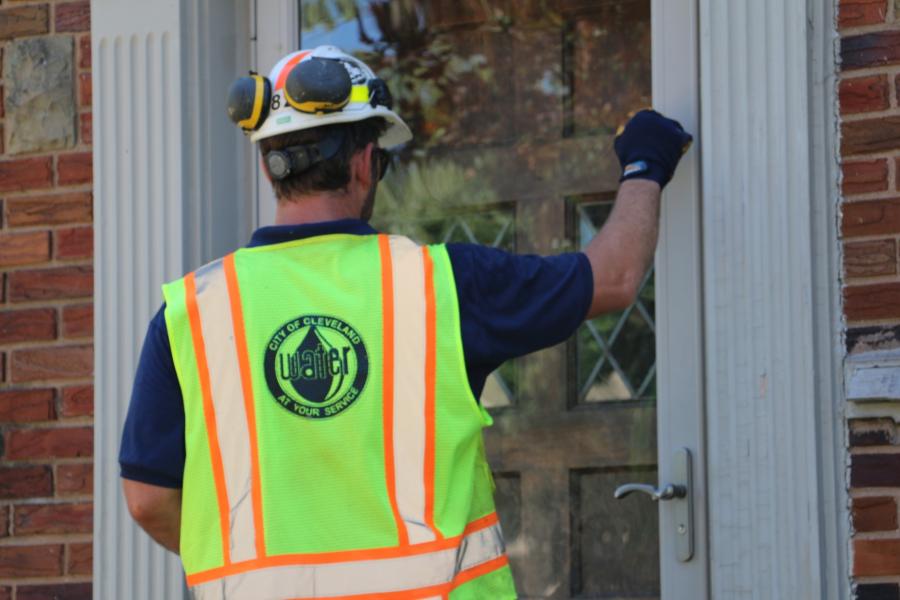
How to Spot a Utility Scammer
Customers should know what to look for if someone calls or shows up at your home claiming to be a Cleveland Water employee. Review these tips to know how to recognize a legitimate Cleveland Water employee from a scammer.
Nov 16, 2022
